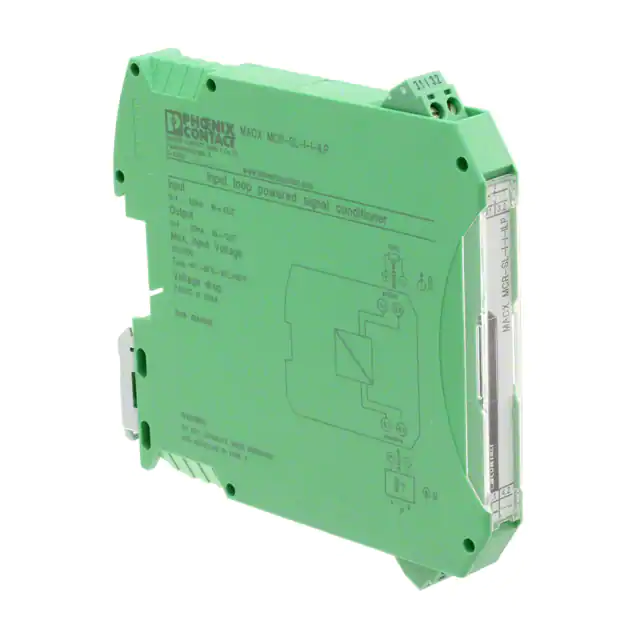物料型号:MACX MCR-SL-(2)I-(2)I-HV-ILP(-SP)
器件简介:
- 这是PHOENIX CONTACT公司生产的单通道或双通道输入回路供电的双向隔离器。
- 设备用于模拟信号的电气隔离和滤波。
- 适用于6V至30V DC的供电电压范围。
引脚分配:
- 输入信号和输出信号均为0(4) mA至20 mA的电流输入。
- 测量信号1:1传输。
参数特性:
- 两线被动隔离器,用于标准模拟信号的电气隔离和滤波。
- 由输入回路供电,电压降低2.9V。
- 达到IEC/EN 61508标准的SIL 3等级。
- 双向电气隔离。
- 插拔式连接端子块,可以选择螺丝或弹簧笼连接技术(推入技术)。
- 允许安装在Ex 2区。
功能详解:
- 设备从输入信号中获取所需的隔离电源。
- 使用被动隔离器时,确保测量变送器的电流源电压足以通过隔离器和负载驱动最大20 mA的电流。
应用信息:
- 适用于安全相关的应用,可达SIL 3等级。
封装信息:
- 外壳宽度为12.5毫米。
